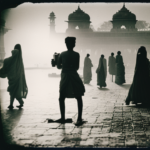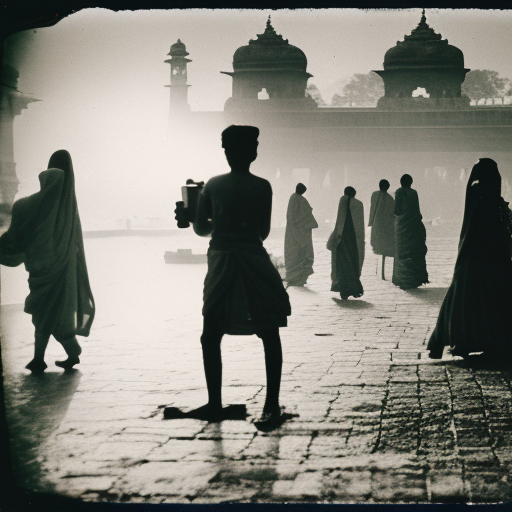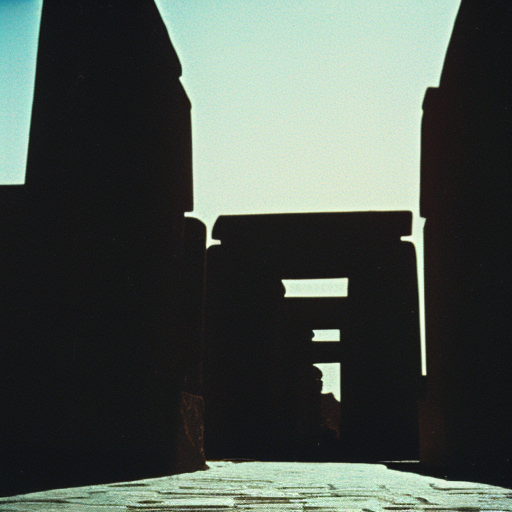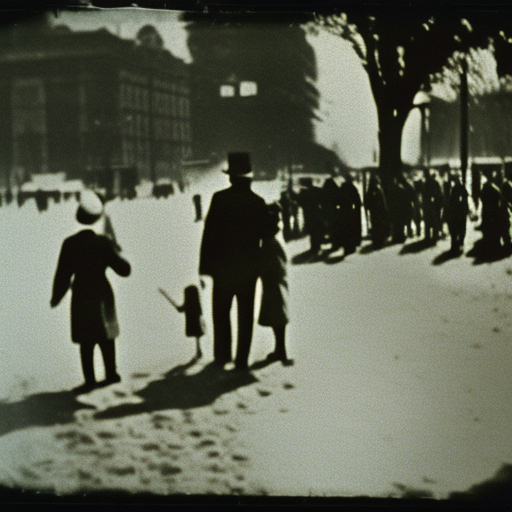Ashoka the Great
Ashoka the Great was an Indian emperor of the Maurya Dynasty who ruled from 268 to 232 BCE. He is considered one of the greatest rulers in Indian history and is known for his conversion to Buddhism and his efforts to spread the teachings of the religion throughout his empire.
Early Life and Rise to Power
Ashoka was born in 304 BCE to Emperor Bindusara and Queen Dharma. He was the grandson of Chandragupta Maurya, the founder of the Maurya Dynasty. Ashoka was appointed as the viceroy of Ujjain by his father and proved to be a capable administrator. After the death of Bindusara, Ashoka’s half-brother Susima ascended to the throne, but Ashoka’s popularity among the people and the army led to a power struggle. Eventually, Ashoka emerged victorious and became the emperor of the Maurya Empire.
Early Reign and Military Campaigns
In the early years of his reign, Ashoka focused on expanding his empire through military campaigns. He conquered the kingdom of Kalinga in 261 BCE, which resulted in a brutal war that deeply affected him. Witnessing the devastation and loss of life caused by the war, Ashoka renounced violence and embraced Buddhism.
Conversion to Buddhism
Ashoka’s conversion to Buddhism had a profound impact on his policies and governance. He adopted the principles of non-violence, compassion, and tolerance as the guiding principles of his rule. Ashoka promoted the spread of Buddhism within his empire and beyond, sending missionaries to different parts of the world to spread the teachings of the Buddha.
Rock Edicts and Pillars
To communicate his policies and teachings, Ashoka inscribed his edicts on rocks and pillars throughout his empire. These edicts covered a wide range of topics, including social welfare, religious tolerance, and moral values. The most famous of these edicts is the Ashoka Pillar at Sarnath, which features the Lion Capital, now the national emblem of India.
Social and Welfare Reforms
Ashoka implemented several social and welfare reforms during his reign. He established hospitals and veterinary clinics, built roads and rest houses for travelers, and promoted the welfare of his subjects. Ashoka also abolished the death penalty, reduced the use of torture, and encouraged the protection of animals.
Legacy
Ashoka’s reign marked a significant turning point in Indian history. His conversion to Buddhism and his efforts to spread the religion had a lasting impact on the cultural and religious landscape of India. Ashoka’s policies of religious tolerance and social welfare set a precedent for future rulers in India. His rock edicts and pillars continue to provide valuable insights into the governance and philosophy of the Maurya Empire.
In conclusion, Ashoka the Great was a remarkable ruler who transformed his empire through his conversion to Buddhism and his commitment to non-violence and social welfare. His reign left a lasting legacy in Indian history and his teachings continue to inspire people around the world.












